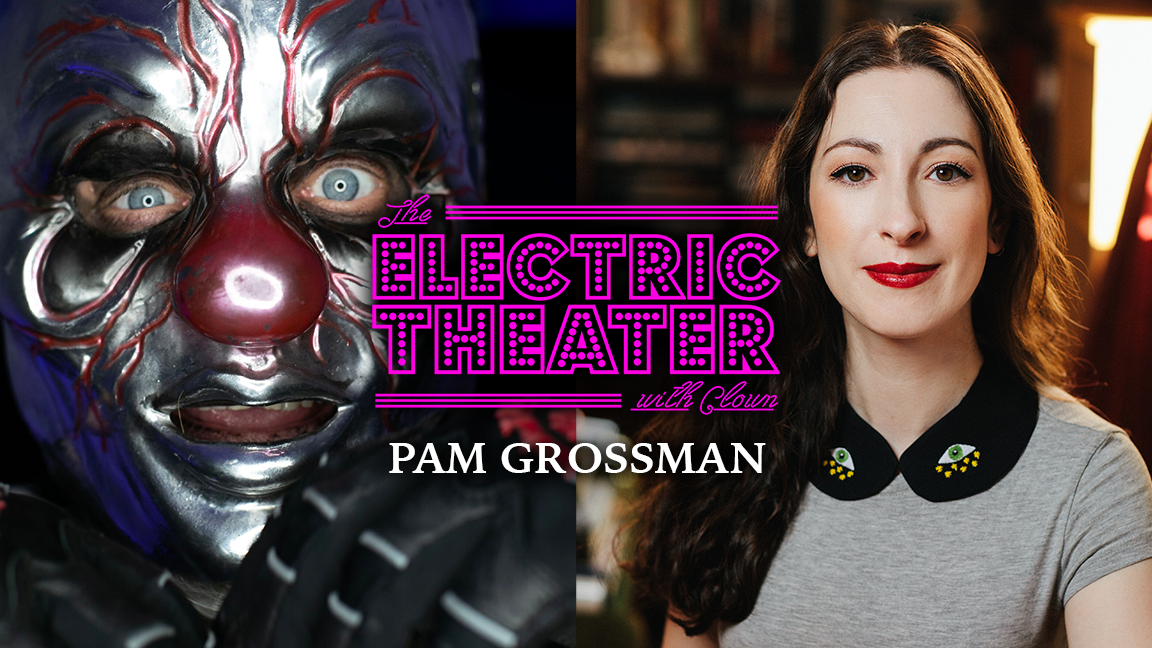

I would spend hours out there, creating rituals with rocks and sticks, drawing secret symbols in the dirt, losing all track of time. These woods are where I first remember doing magic - entering that state of deep play where imaginative action becomes reality. That it would vanish and then reappear only added to its mystery. My older sister, Emily, and I called this spot our Magical Place. In one corner of the yard, a giant puddle would form whenever it rained, surrounded by a border of ferns. We had a small patch of woods in our backyard that abutted a horse farm, and the two were separated by a wisp of running water that we could cross via a plank of wood. Morganville, New Jersey, where I was raised, was a solidly suburban town, but it retained enough natural land features back then to still feel a little bit scruffy in spots. īut my own witchly awakening came at an even earlier age. I learned that women could lead a revolution while wearing lipstick and combat boots - and sometimes even a cloak. I was a teen in the 1990s, the decade that brought us such pop-occulture as Buffy the Vampire Slayer, Charmed and The Craft, not to mention riot grrrls and third-wave feminists who taught me that female power could come in a variety of colors and sexualities. That said, this current Witch Wave is nothing new. The fact that the resurgence of feminism and the popularity of the witch are ascending at the same time is no coincidence: the two are reflections of each other. I do know this for sure though: show me your witches, and I’ll show you your feelings about women. Hers is a slippery spirit: try to pin her down, and she’ll only recede further into the deep, dark wood. In fact, I find that the more I work with the witch, the more complex she becomes.


I get asked such things over and over, and you would think that after a lifetime of studying and writing about witches, as well as hosting a witch-themed podcast and being a practitioner of witchcraft myself, my answers would be succinct.


 0 kommentar(er)
0 kommentar(er)
